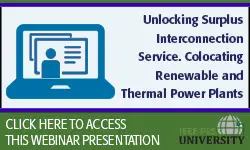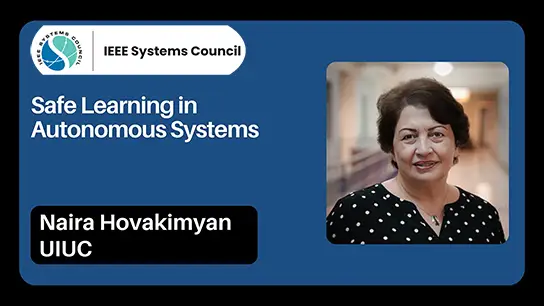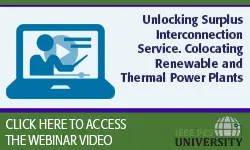A Review of Utilities’ Plans to Further Enhance Planning Tools, Models, and Strategies for Accelerating the Generation Interconnection Process, Including FERC Order No. 2023, Interconnection Procedures, and T&D Perspectives
Alexander Rost, Abhinav Rawat, Frank Ettori, Joseph Svachula
-
Members: FreePES
IEEE Members: $25.00
Non-members: $40.00Pages/Slides: 49
Panel
12 Sep 2024
In June 2022, FERC issued a Notice of Proposed Rulemaking, indicating the need to modify the process and agreements used by transmission providers, regional transmission organizations (RTOs), and/or independent system operators (ISOs) when planning the addition of generation facilities to the electric power grid. FERC issued its Order No. 2023 in July 2023 after addressing industry comments. The key areas of FERC Order 2023 include 1) transitioning the generation interconnection process from a first-come, first-served serial process to a first-ready, first-served cluster study process, 2) increasing the speed of interconnection queue processing, and 3) implementing reforms to incorporate technological advancements in the interconnection process. As this FERC Order is in effect, this panel will provide multi-disciplinary perspectives on the promising practices used by transmission providers and/or RTOs and ISOs to comply with FERC 2023 and the expected benefits of expediting the generation interconnection process. Panelists will address themes such as: 1. Process to transition generation interconnection process from a serial to a cluster based 2. Steps required to impose to generation interconnection applicants site control requirements, and penalties for withdrawals 3. Process to manage stricter interconnection study deadlines and study delay penalties to transmission providers; process to assure consistency when studying the impacts of proposed generation facilities on neighboring transmission systems, defined as “affected systems,” including the required pro forma. 4. Case studies for rule application, such as projects co-located on a shared site behind a single point of interconnection and share a single interconnection request. 5. Case studies for rule application, including evaluating alternative transmission technologies such as advanced conductors, advanced power flow control, voltage source converters, static VAR compensators, tower lifting, synchronous condensers, among others. 6. Additional efficiency and process improvement recommendations.
Chairs:
David Elizondo, Farnoosh Rahmatian
Primary Committee:
Industry Technical Support Leadership Committee



